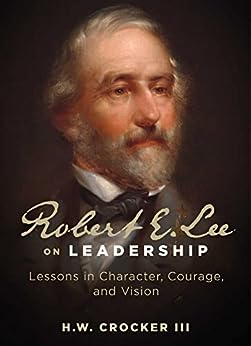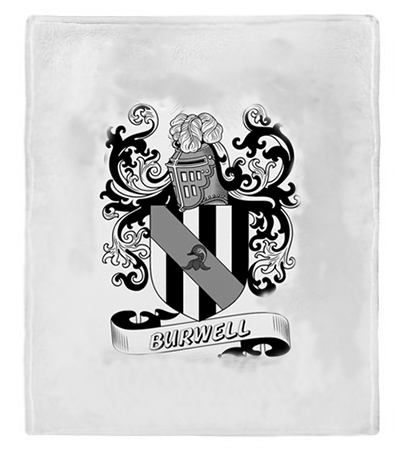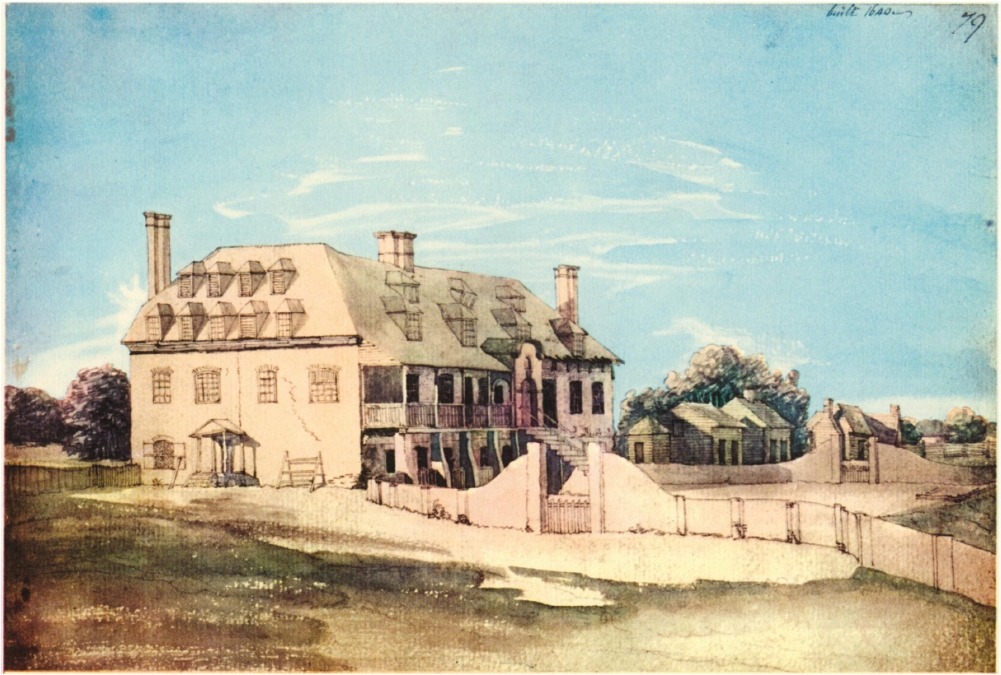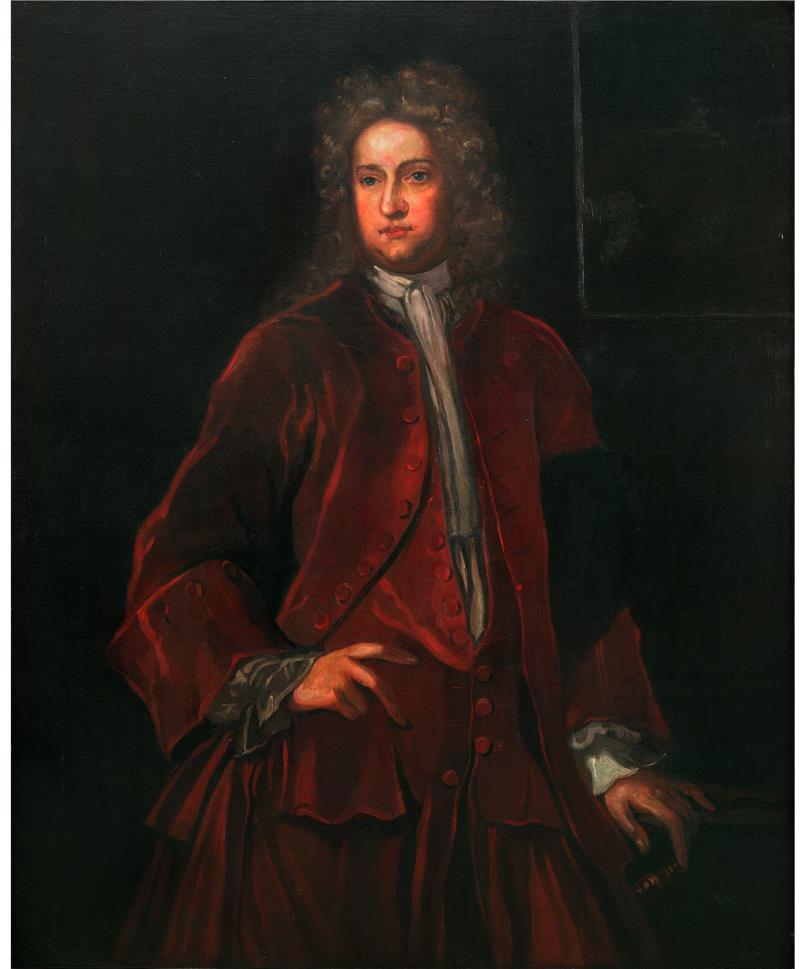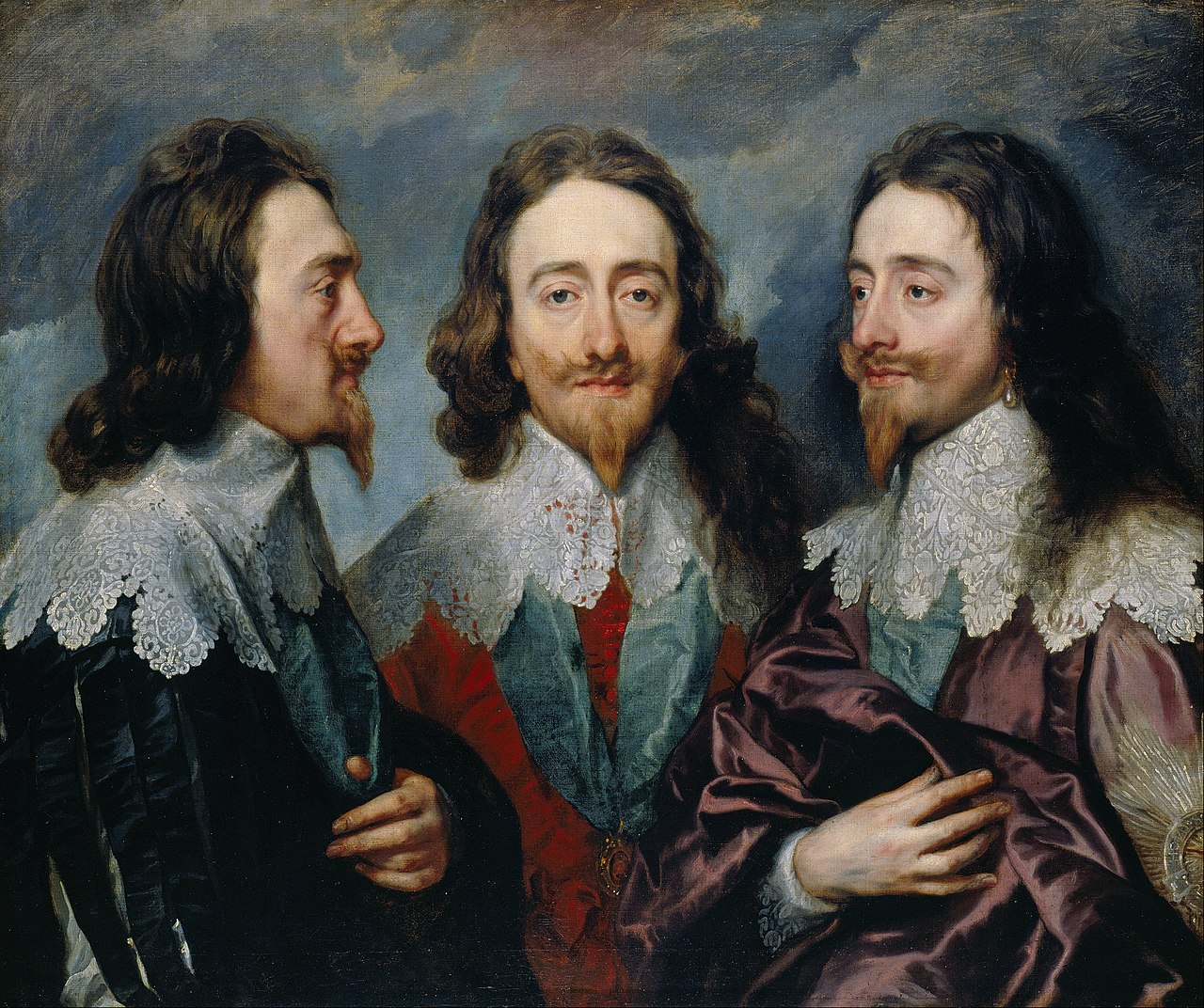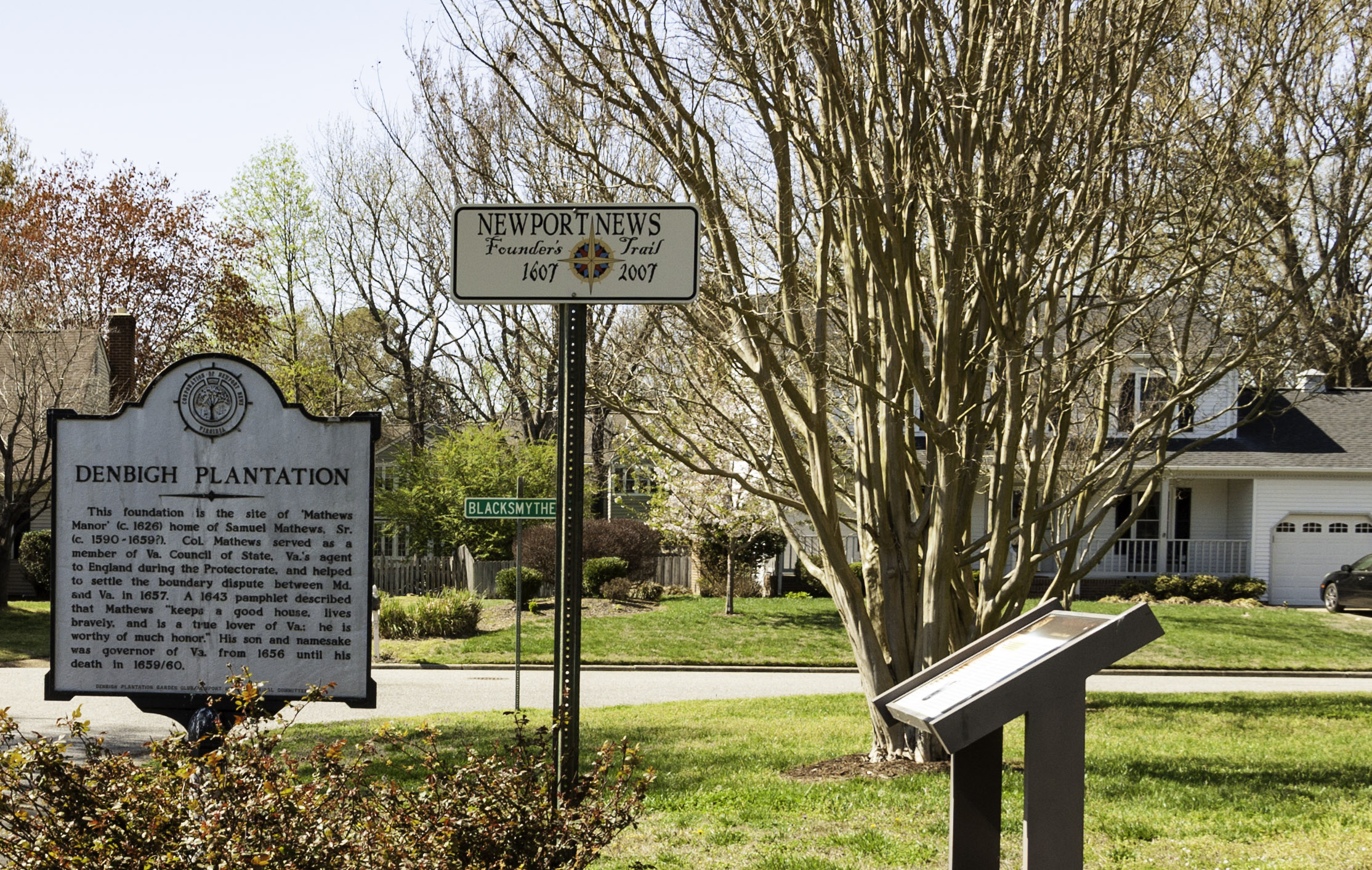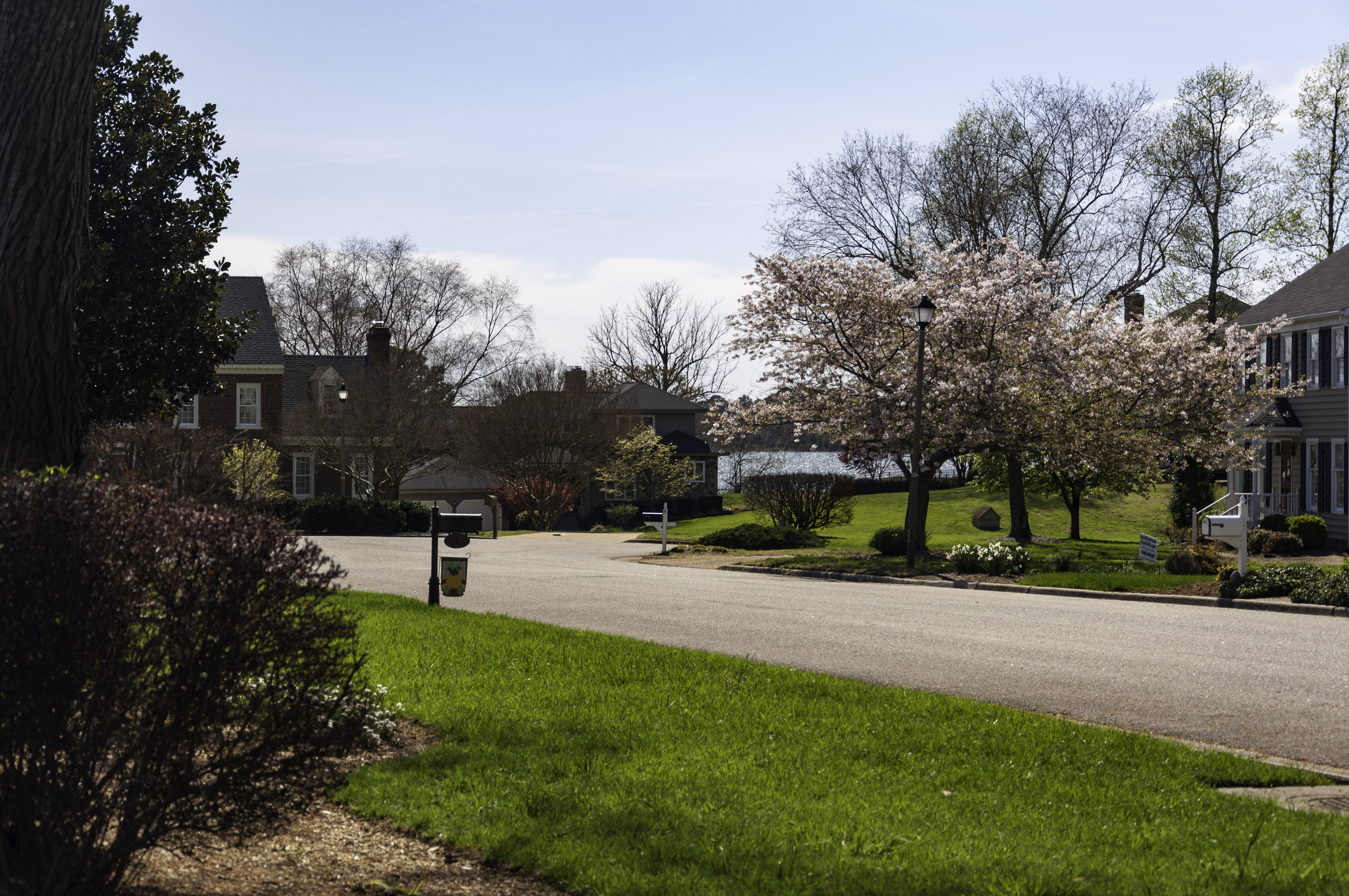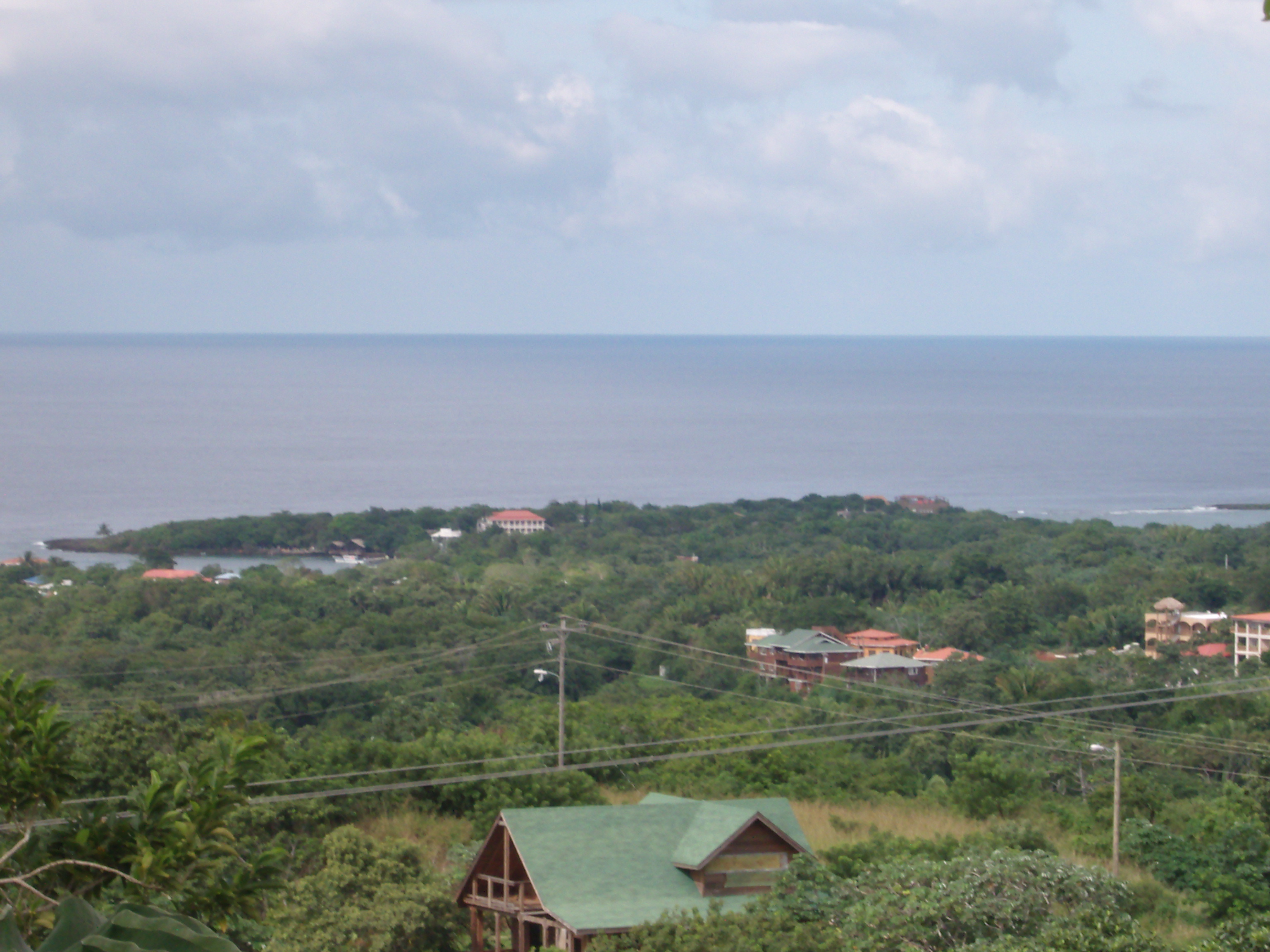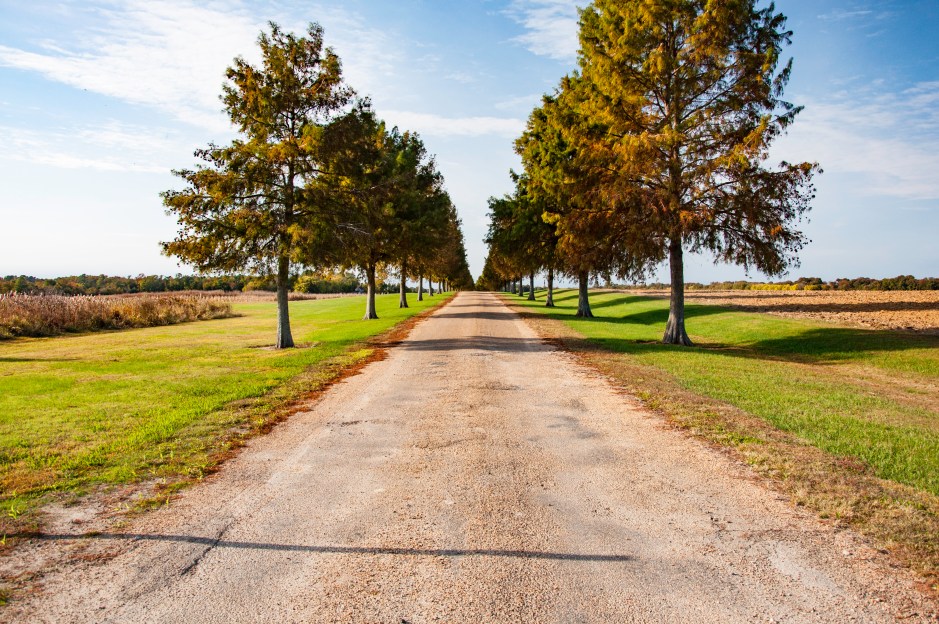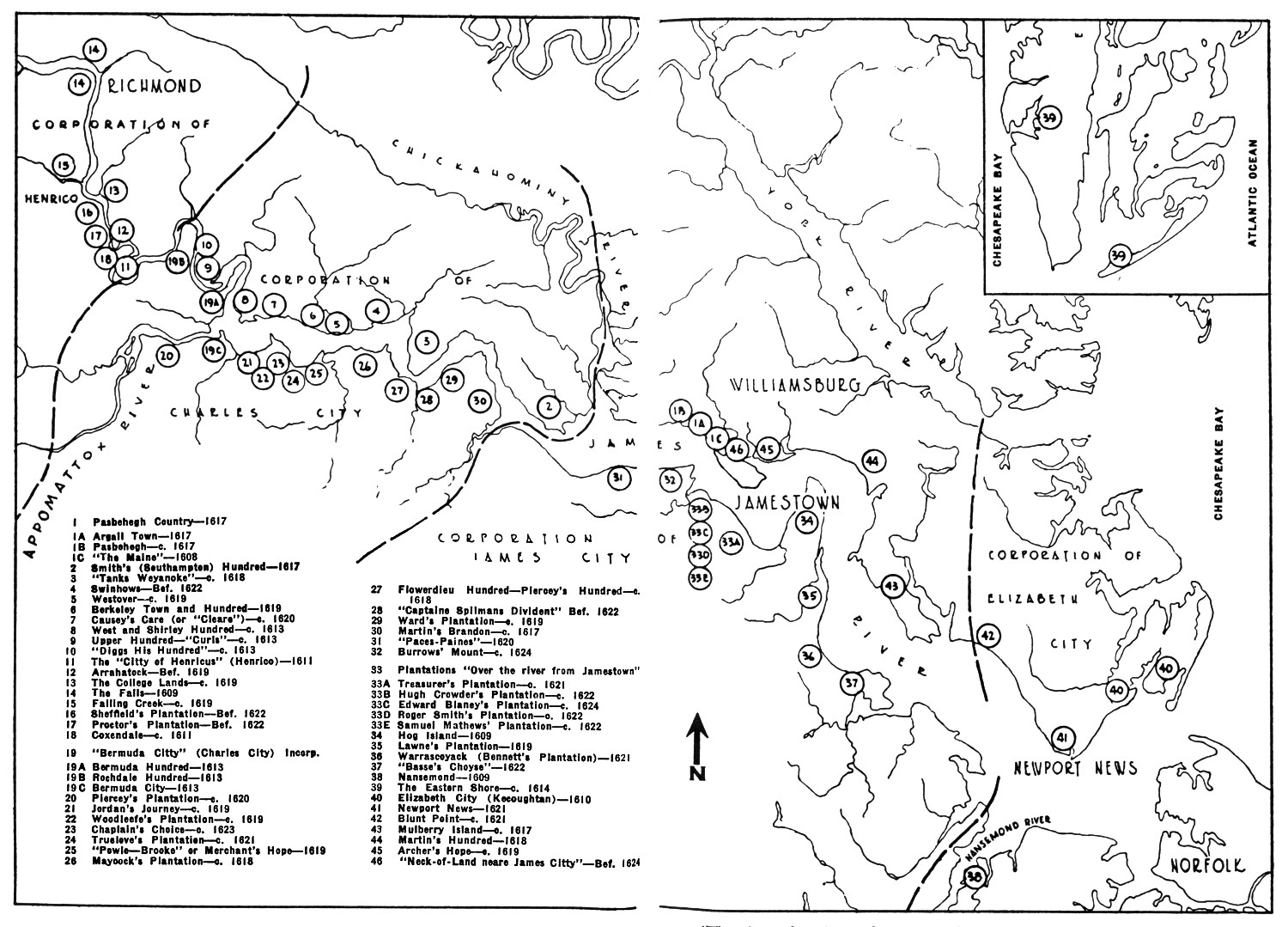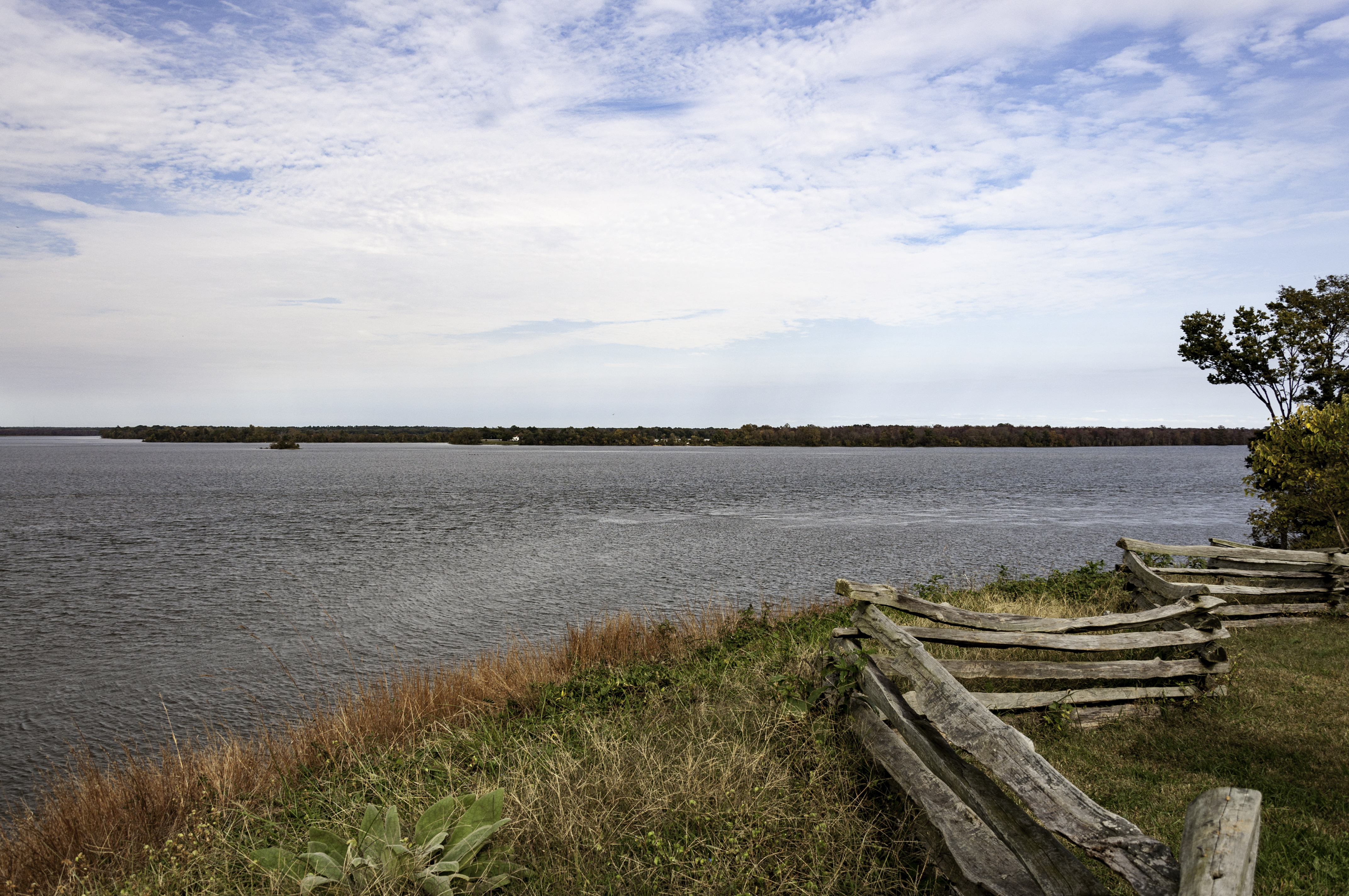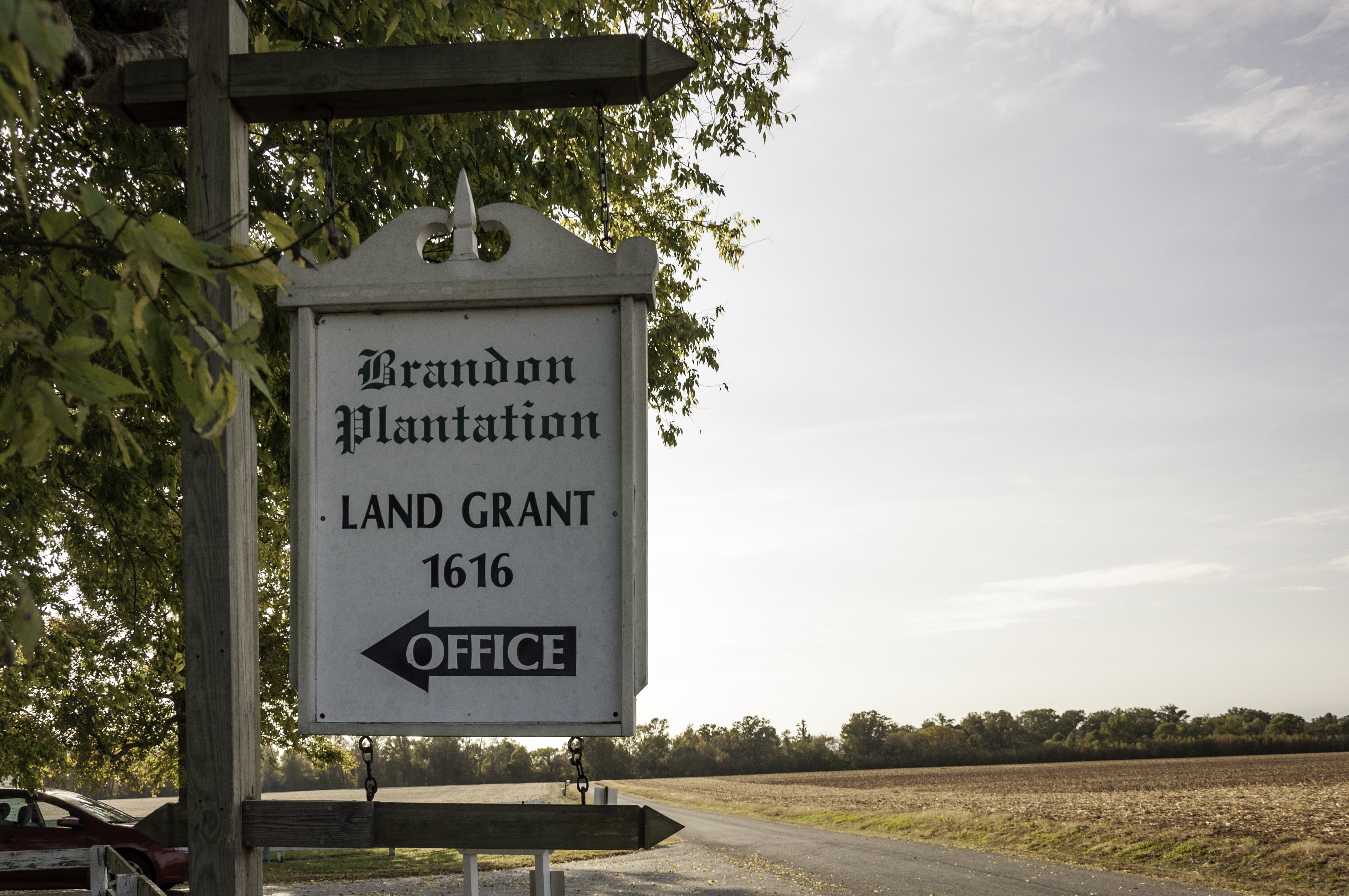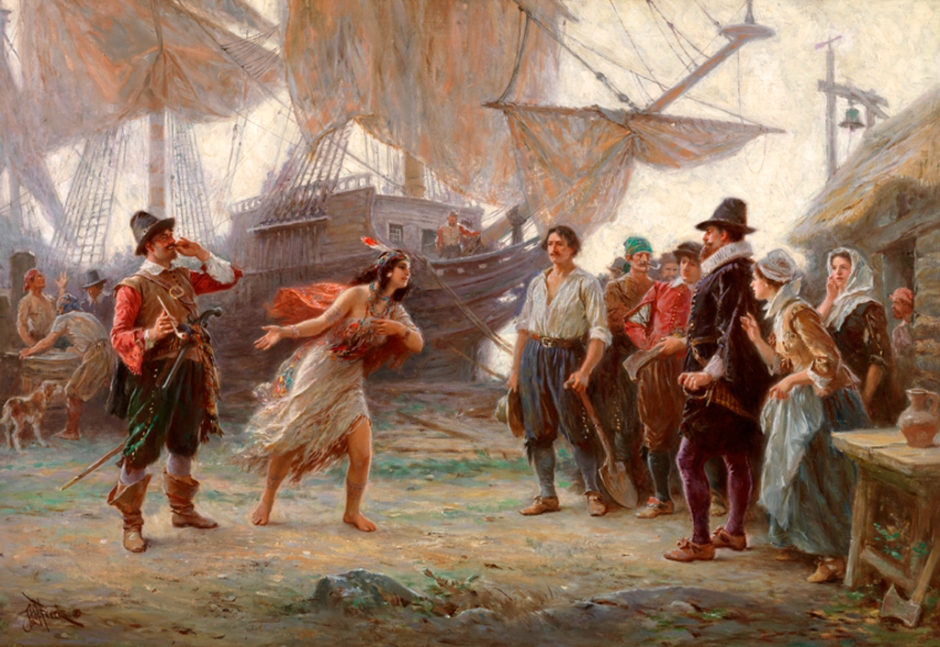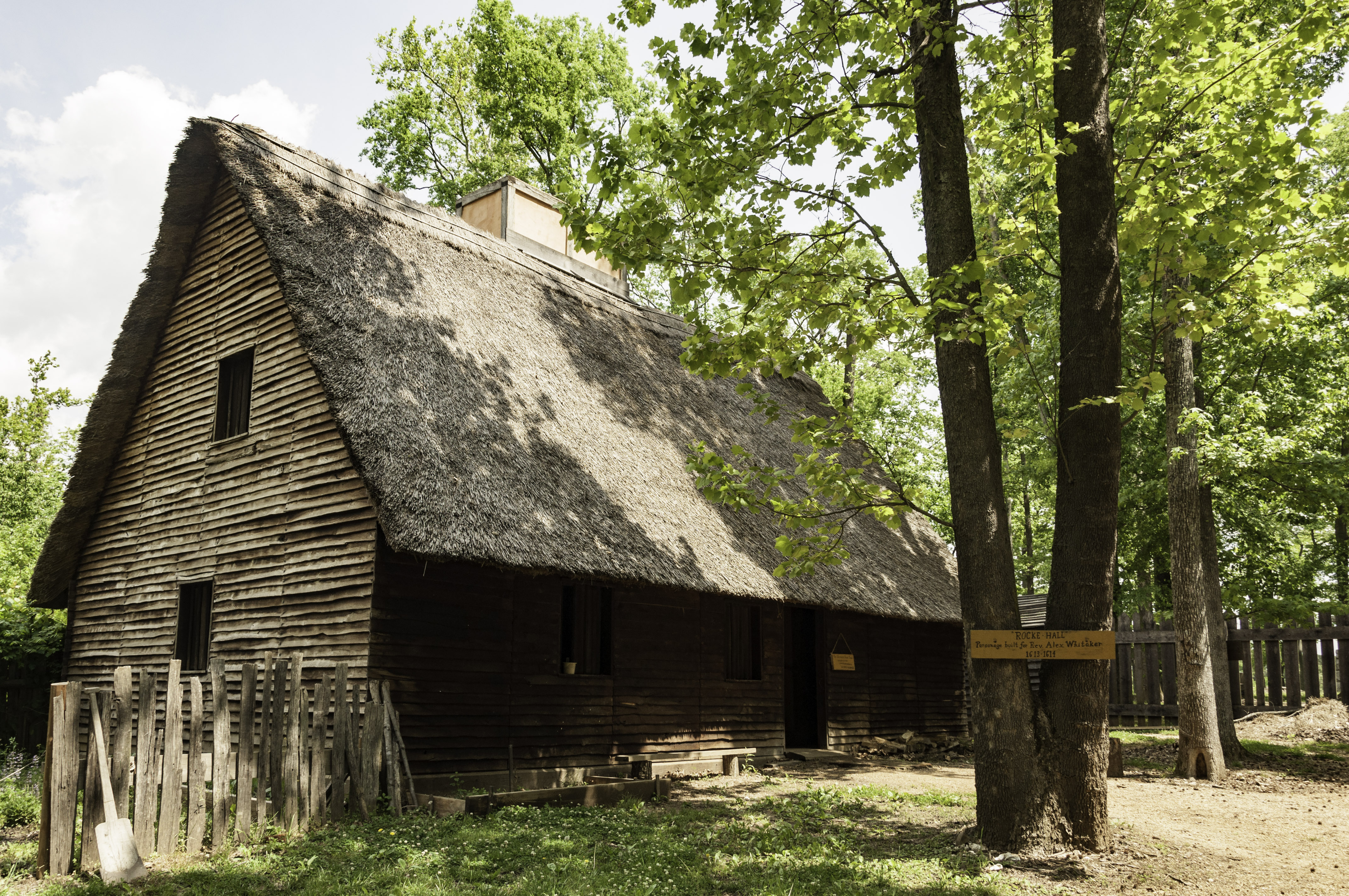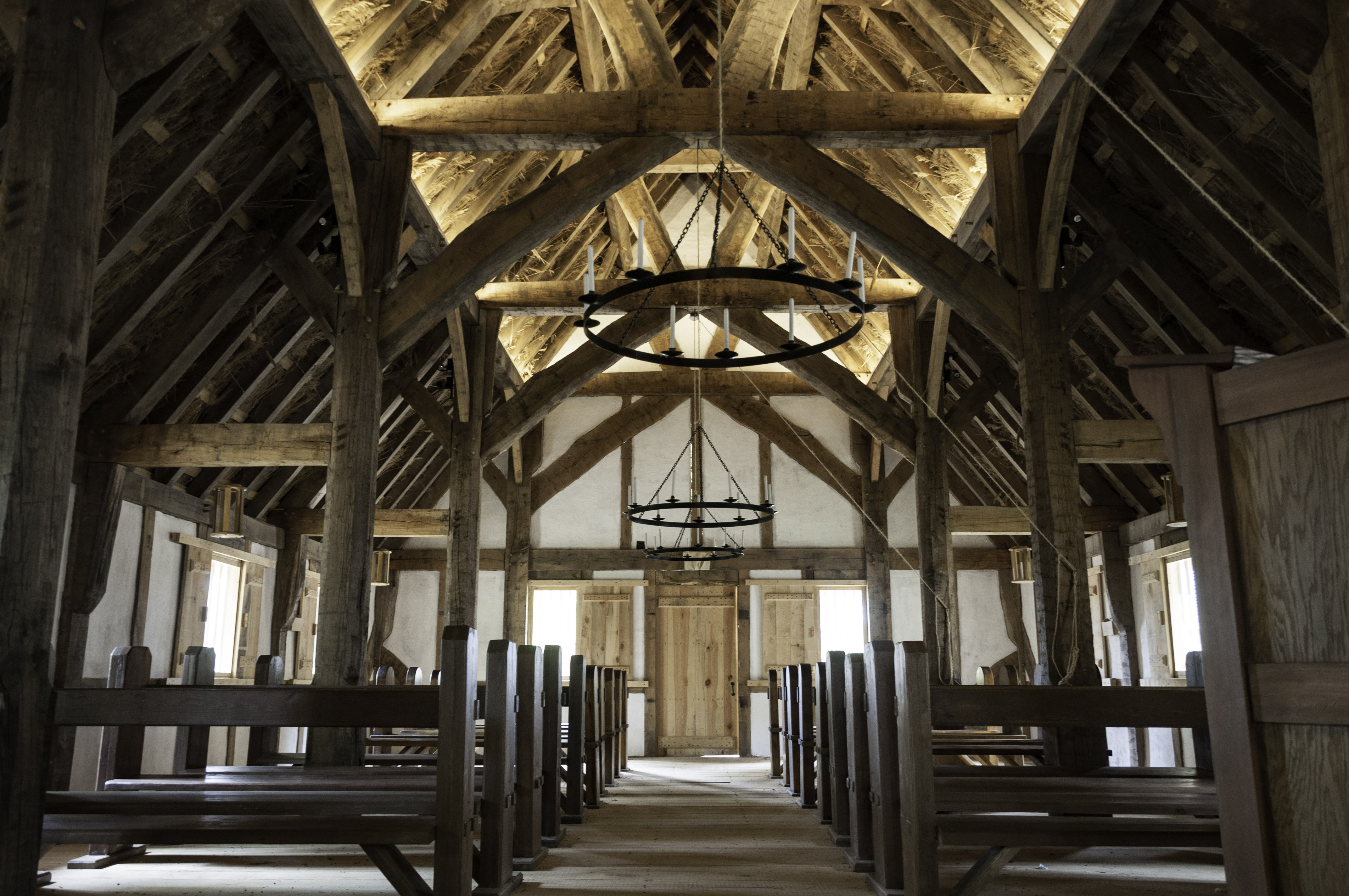Arguably, the War Between the States might have ended much sooner than it did had men like Robert E. Lee not fought for the Confederacy.
For at least a century Lee’s position in the Pantheon of great American leaders went unchallenged, but that position has been increasingly questioned in more contemporary times. Historians, most notably Douglas Southall Freeman, did much to document Lee’s character and managerial style. But some have begun arguing that Freeman went too far to memorialize the Army of Northern Virginia general.
H.W. Crocker III is not one of those who worships the great leader as an untouchable figure, but he does argue that Lee’s leadership and personal discipline are worthy of study and emulation. As such, Mr. Crocker penned a fascinating work using Lee’s history in an effort to highlight leadership principles that may be used by anyone in any business. At it’s heart, the book is not so much a history book, though it uses historical events to illustrate key points. It’s more of a business/management work in that it uses history to offer insight to organization and team-building. For that reason, this book stands out among other business/management works, because the history is so captivating the reader wants to know and learn from each successive example.
After listening to this episode, get the book for the history, and enjoy the leadership education Mr. Crocker articulates from the life of one of America’s most interesting figures. You won’t be disappointed.
LINKS TO THE PODCAST:






H.W. Crocker III Books:
- Robert E. Lee on Leadership: Lessons in Character, Courage, and Vision. Washington D.C.: Regnery, 2023.
- The Politically Incorrect Guide to the Civil War. Washington D.C.: Regnery, 2008.
- Triumph: The Power and Glory of the Catholic Church. New York: Three Rivers Press, 2001.
- The Politically Incorrect Guide to the British Empire. Washington D.C.:Regnery, 2011.
- Don’t Tread on Me: A 400-Year History of America at War, from Indian Fighting to Terrorist Hunting. New York: Three Rivers Press, 2006.
- The Yanks Are Coming!: A Military History of the United States in World War I. Washington D.C.: Regnery, 2014.
- The Old Limey. Washington D.C.: Regnery, 2001.
- Armstrong: The Custer of the West Series, Vol. 1. Washington D.C.: Regnery Fiction, 2018.
- Armstrong Rides Again: The Custer of the West Series, Vol. 2. Washington D.C.: Regnery Fiction, 2021.
- Armstrong and the Mexican Mystery: The Custer of the West Series, Vol. 3. Washington D.C.: Regnery Fiction, 2022.
All photography used on this site is owned and copyrighted by the author unless otherwise noted. The Featured Image is of Robert E. Lee on Leadership: Lessons in Character, Courage, and Vision.
Music used for this episode – Louis Armstrong and the Mills Brothers,”Carry Me Back to Old Virginia” available on Apple Music, and Selections from the “The Planets: Op. 32 – Mars: The Bringer of War” by Gustav Holst, performed by the London Symphony Orchestra, conducted by Sir Colin Davis.

